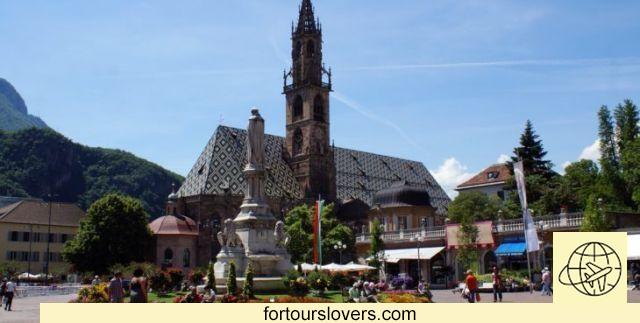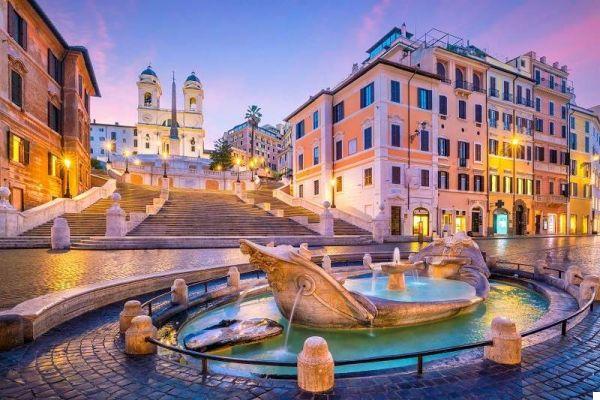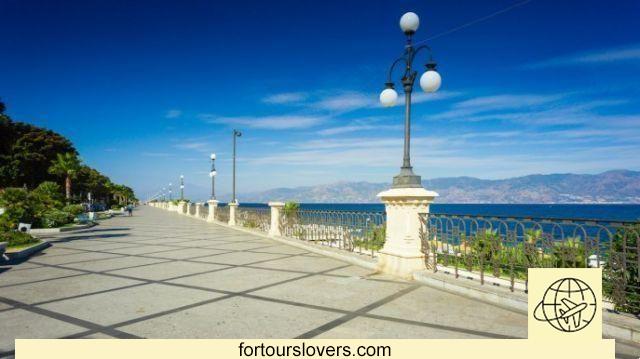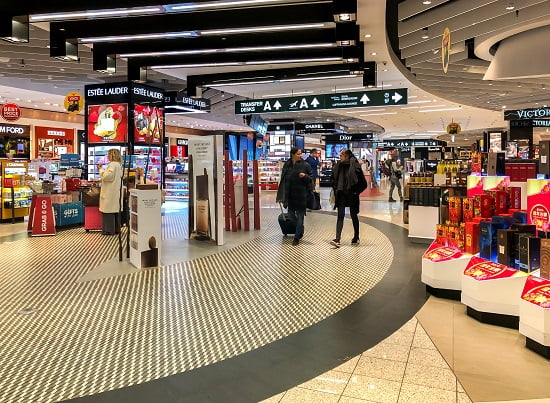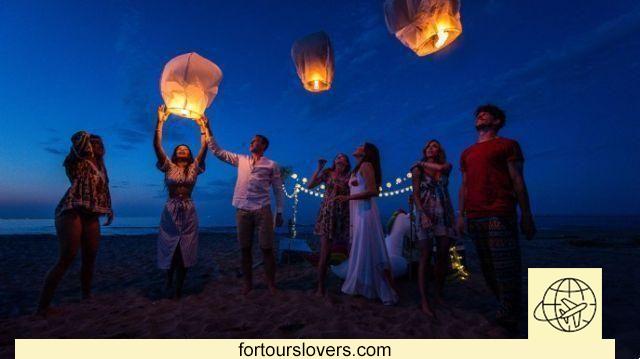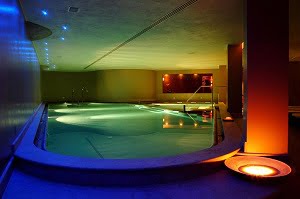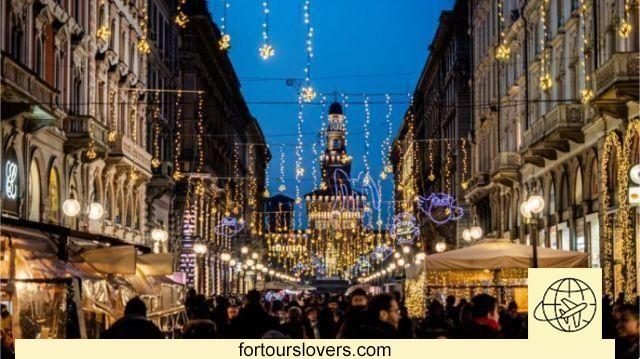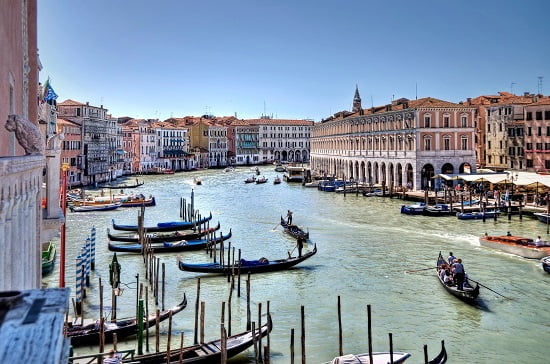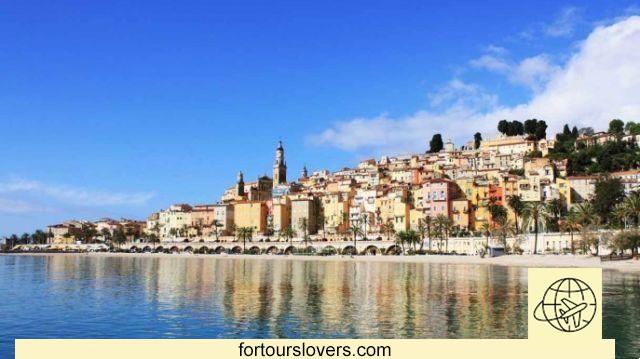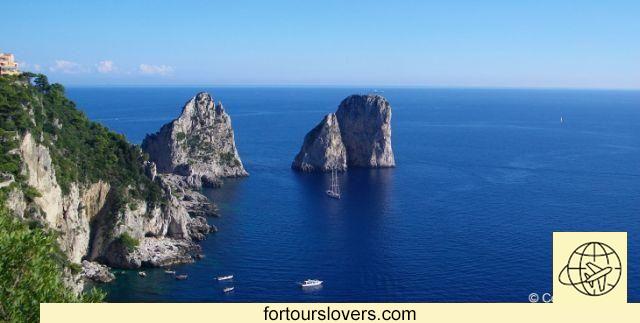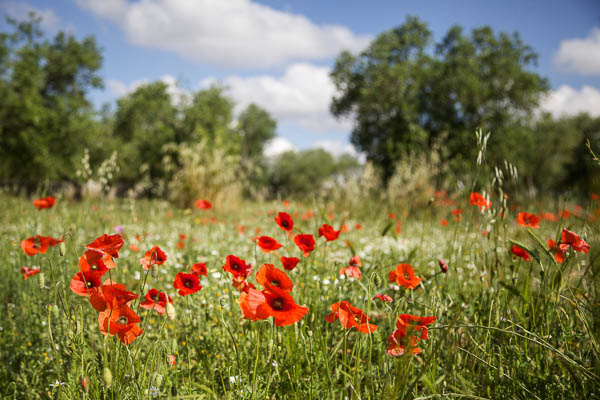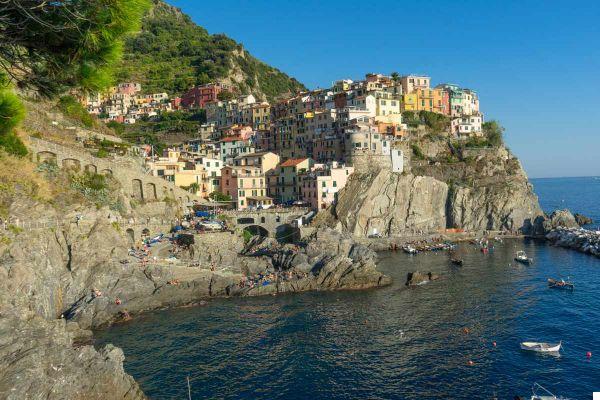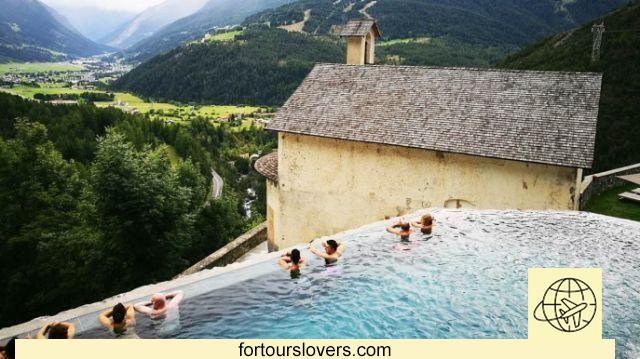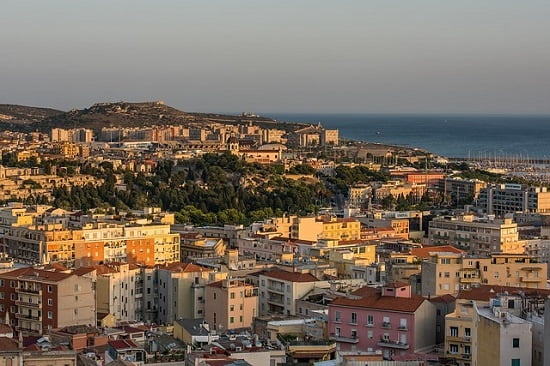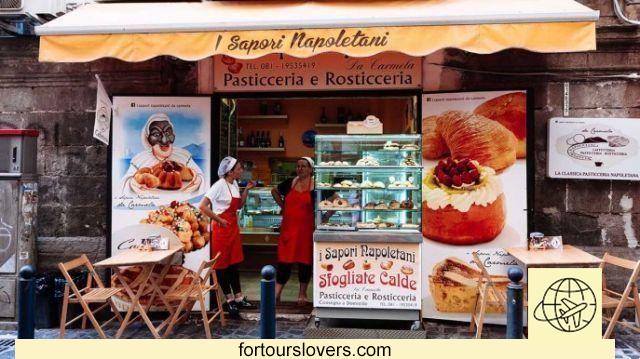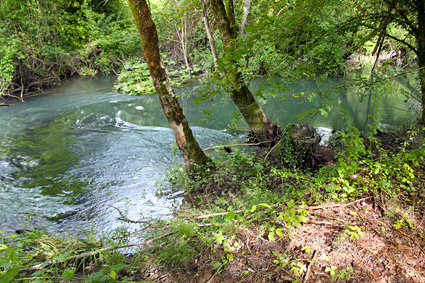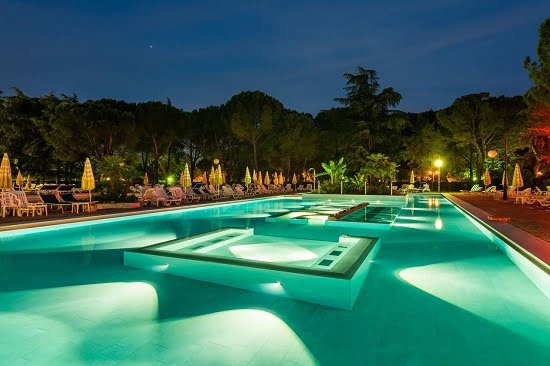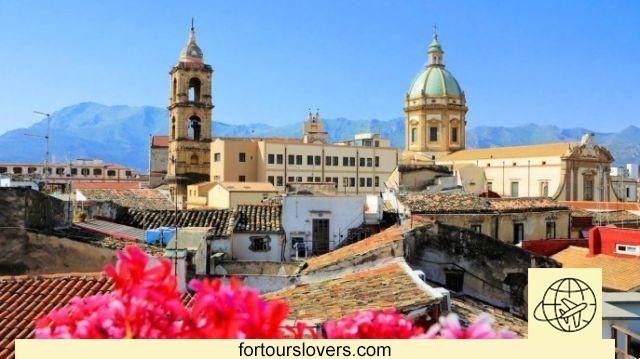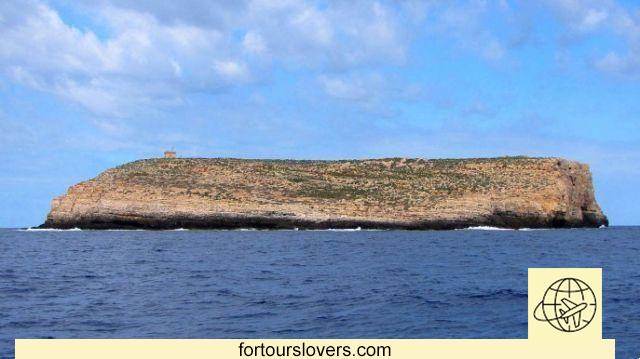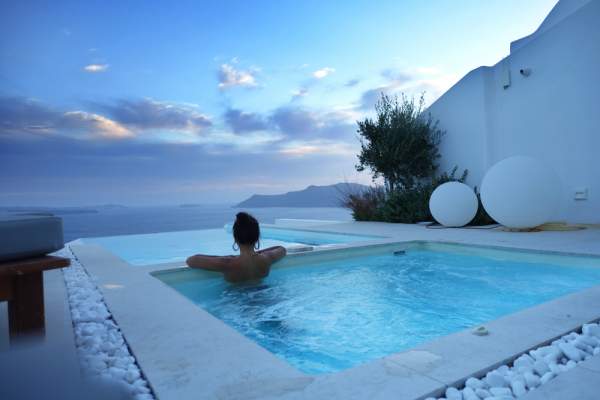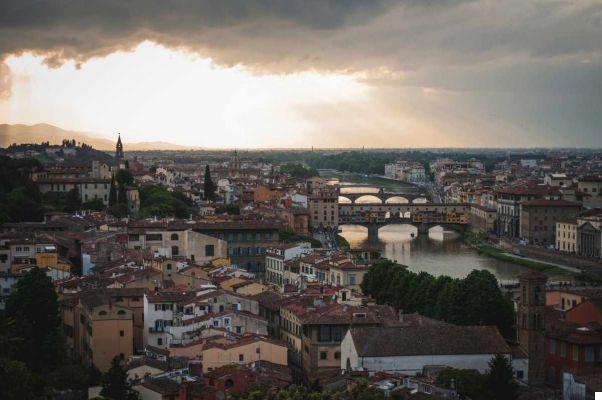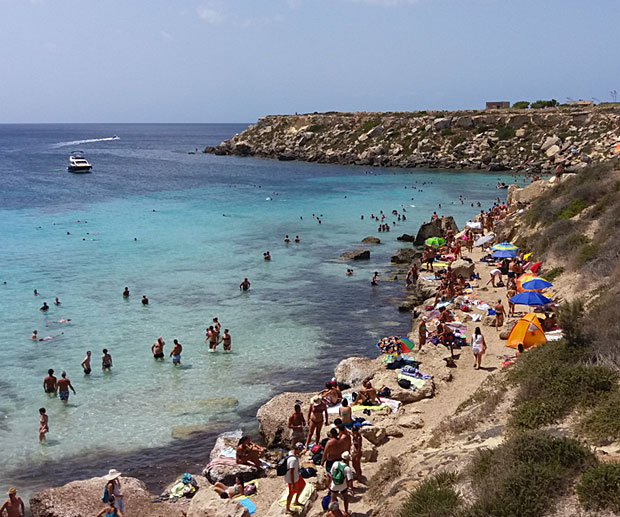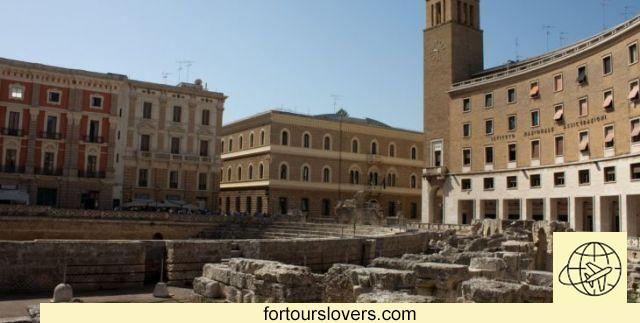
Lecce
9 things to do and see in Lecce and 2 not to doThe Florence of the South. There are many guides who define Lecce in this way, even if it is a comparison that is close to the people of Lecce. Not because we want to deny the extraordinary beauty of Florence, God forbid; but because Lecce is Lecce, a unicum evidently not reducible to anything else. In fact, the Lecce Baroque, both for the refined limestone processing that for chosen decorative themes it has no equal in the Italian artistic-cultural heritage. On this particularity, the city has built its own in recent years tourist luck attracting an increasing number of visitors, and especially many young people. In addition to the art, the palaces and the many churches of the city, the other rewarding factor is the strategic location in heart of Salento, with the sea just 10 kilometers of distance. Therefore, not only a city of art but, if desired, also a summer resort with a sparkling nightlife between cultural reviews, concerts and popular traditions. In short, Lecce is certainly worth a visit. Below, our staff list with things to do and see in the city. Happy reading.
1 Basilica of Santa Croce
The emblem of the Lecce baroque. From the main portal bordered by two pairs of Corinthian columns, to the decorations of the balustrade (flames, lions, pelicans, pomegranates, angels, insignia, coats of arms, etc.) up to Romanesque rose window dominating the upper part of the facade there is no square meter of this building that does not strike for its magnificence. Inside, the mood does not change: from coffered ceiling of the central nave ai altars, to frescoes everything testifies to the grandeur of this minor basilica built between the XNUMXth and XNUMXth centuries. The contribution of four great architects was decisive: Gabriele Riccardi to whose ingenuity we owe the lower part of the facade and the dome; Francesco Antonio Zimbalo, author of the imposing main portal, of the surrounding columns and coats of arms; finally, Cesare Penna e Giuseppe Zimbalo (nephew of Francesco Antonio Zimbalo). Together with these four, from time to time the best sculptors and master stonemasons of the city. In short, the Basilica of Santa Croce is one unmissable stop for anyone who happens to be near Lecce. Magnificent!
2 Amphitheater and Roman Theater
Lupiae, so was the nameRoman ancestor of Lecce, active between the XNUMXst and XNUMXnd centuries AD Initially a Messapian city, Lecce became "Roman municipium"At the end of the"Social war"Of 89 a. C. The extension of citizenship rights to the populations of peninsular Italy allowed the Messapian elite who commanded the city to transfer their power under the banner of the Roman Empire. Hence the construction of theAmphitheater and Theater, located respectively in Piazza Sant'Oronzo (patron saint of the city) and in Via Arte della Cartapesta. The first came to light in the early 900s during the construction of the building of the Bank of Italy. The second, however, in 1929. Both structures were partly excavated and partly built and it seems they could contain about 25.000 people in the amphitheater, 5000 the theater. Thirty thousand people in all who were allowed to spend their time attending the gladiator games and city theatrical activities. Attached to the theater there is a small museum which houses many of the artifacts found during the excavations. Our Story.
3 Cathedral of Santa Maria Assunta
Like the Basilica of Santa Croce, the Cathedral is a must for anyone arriving in the city. What we see was built starting in 1659 by the architect Giuseppe Zimbalo, known as "the Zingarello" on behalf of the then bishop of Lecce Luigi Pappacoda. Zimbalo revisited the previous building in depth, also giving the cathedral that touch of "Lecce baroque”Present in all the religious architecture of the city. The detail of the two façades is beautiful: the main one is the one to the left of theEpiscopio, eighteenth-century archbishop's palace; the secondary one, instead, looks at the center of the square. The fact, then, that of the two, the latter is the most decorated, almost always deceives the visitor who is persuaded to find himself in front of the main entrance portal. Even the bell tower it is the work of Zingarello. Beyond seventy meters high, from its top it is visible on particularly clear days there coast of Albania on the other side of the Adriatic sea. The interior is also exuberant from a decorative point of view three naves and a Latin cross. The central nave, like the Basilica of Santa Croce, is surmounted by a wooden ceiling.
4 Faggiano Museum
Via Ascanio Grandi: in this street there is the church of San Niccolò dei Greci, place of worship of the arbëreshë community of Salento, and there is the Faggiano Museum, which until 2000 was nothing more than a private building in the historic city center. In 2001, due to extraordinary maintenance works, the floor had to be broken. Thus it was that from the subsoil emerged several finds of considerable historical importance: a Messapian floor (V century BC); tanks for the collection of rainwater and the conservation of grain; a small child grave; one, larger, common; and other ceramic and masonry finds. It emerged, among other things, that the house had been a nunnery closed, presumably, between the 2007th and XNUMXth centuries. All these testimonies came to light thanks to a patient a restoration work, which ended in XNUMX, carried out by the Faggiano family, owner of the property (hence the name of the Museum), under the supervision of the Superintendence of the archaeological heritage of Taranto. More than 2000 years of history of the city of Lecce at your fingertips. The Faggiano museum is open every day from 9.30 to 20.00. The ticket costs 5,00 € uro, while reservations are required for groups and schools. For contacts: www.museofaggiano.it
5 Sigismondo Castromediano Museum
The oldest museum in all of Puglia with exhibits ranging from Messapian ceramics, To attic vases up to statues of the imperial age found during the excavations of the amphitheater. In short, there are more a thousand years of history perfectly cataloged and narrated (roughly from the 1868th century BC to the 1811nd century AD). And that's not all because this museum, founded in 1895 by the Italian archaeologist and patriot Sigismondo Castromediano (XNUMX-XNUMX) houses a library it's a picture gallery with two sections: one is reserved for paintings of Renaissance and Baroque style; the second, on the other hand, contains paintings by the major Salento artists of the XNUMXth and XNUMXth centuries. All perfectly maintained and, most importantly, all perfectly free. The Sigismondo Castromediano Archaeological Museum is open every day except Sunday afternoon from 9.00 to 13.30 and from 14.30 to 19.30.
6 Castle of Charles V
Designed by the royal architect Gian Giacomo dell'Acaya, the Castle was strongly desired by Charles V of Hapsburg to defend the city from the dangers coming from the other side of the Adriatic. The new construction radically changed the medieval appearance of the fortress of which traces remain visible in the two surviving towers ("Torre Maestra / Magistra"And"Torre Mozza") And in underground tunnels subject of intense archaeological excavations. From the end of the XNUMXth century untilUnification of Italy the Castle of Charles V went through more than two centuries of slow but inexorable decline until, in 1870, it was transformed into Military District and placed under the control of Ministry of Defence of the newborn Italian state. For over a century, until 1979, this remained its destination until in the 80s of the last century it passed to municipality of Lecce which has made it a privileged venue for exhibitions, shows and conferences, as well as the seat ofDepartment of Culture.
Working Time
Wintry
Monday-Friday 9.00 - 20.30
Saturday, Sunday and holidays 9.30 - 20.30
Summer (from 01/06 to 15/07 and from 01/09 to 30/09)
Monday-Friday 9.00-21.00
Saturday, Sunday and holidays 9.30-21.00
Summer (from 16/07 to 31/08)
Monday-Friday 09: 00-23.00
Saturday, Sunday and holidays 9.30-23.00
The ticket office always closes 30 minutes before
tickets
Full (in the absence of exhibitions): 3,00 € uro
Reduced (in the absence of exhibitions): 2,00 € uro
Underground guided tours: 2,50 € uro
Guided tours of the Castle and Undergrounds: 5,00 € uro
Further reductions and discounts for age groups, trips and school groups are foreseen.
7 Abbey of Santa Maria di Cerrate
Un monastery of Greek monks, followers of the rule of San Basilio. This is the most plausible origin of the Abbey of Santa Maria di Cerrate on the provincial road that connects Lecce, Brindisi and Otranto. The settlement, dating back to 1200, was wanted by Bohemond of Altavilla, son of the valiant Roberto the Guiscardo although, according to another source, he was king Tancredi d'Altavilla to want its construction after theapparition of the Madonna during a hunting trip. In 1531, the abbey entered the property of theHospital of the Incurables of Naples except, however, in 1711, to be sacked and destroyed by the fearsome Turkish piracy. Centuries of neglect and abandonment followed until the provincial administration of Lecce put a hand to good by entrusting thearchitect Franco Minissi of its complete recovery: from Romanesque church underground caves used for the collection and processing of olives. Finally, in 2012, the Province of Lecce entrusted the FAI the enhancement of the monumental complex. Work that the FAI is carrying out thanks to the contribution of authoritators private partners involved in the goal of making the area usable again. For more information: www.visitfai.it/abbaziadicerrate/
8 The beaches
Among the added values of Lecce is the fact that it is practically located halfway between the Ionian and the Adriatic. The two coastal sides are a few kilometers away by car and this gives the possibility of take a bath every day in a different place. There are so many beaches that you can't put them all in. Punta Prosciutto in Porto San Cesareo e Green Bay in Gallipoli are among the most famous of the Ionian coast. On the other side, Torre dell'Orso and Alimini beach, near the homonymous lakes, are also worth a visit. Only advice: arm yourself with patience in the month of August. For these, as for other beaches not mentioned here, the negative reviews (crowding; difficulty in finding parking; high prices for umbrellas, sunbeds and deck chairs, etc.) almost all refer to this month. In the others, however, there are no problems other than having to leave reluctantly. Long live Salento!
9 Salento Greece
There is really a lot to discover around Lecce. For example, the nine countries (in 2007 that later became eleven) of the so-called Salento Greece. A'union of municipalities born above all to protect and enhance the dialect "griko" spoken by the local population. A very ancient language, dating back to Magna Graecia and the subsequent Byzantine domination, which mixes Greek words with other neo-Latin and typically dialectal words. The municipalities are Calimera, Carpignano Salentino, Castrignano de 'Greci, Corigliano d'Otranto, cutrofiano, Martano, martignano, melpignano, Soleto, Sternatia e Zollino and manage a whole series of services in a consortium way, including - a fundamental detail - tourism promotion. It is in this context that the "Night of the Taranta", a traveling festival that every year, in August, brings hundreds of thousands of tourists from all over the world to these lands. Magic of Salento!
1 Don't go there without a car
Going to Lecce (and Salento in general) without a car is not advisable, at least it is advisable to rent one to be able to move easily to the beaches. This is because the distances are long and the public transport that goes to the coast is often congested. Furthermore, many of the most beautiful beaches are not accessible by bus.
2 Don't delay going to the beach
Better not to go to the beach too late, the most popular beaches are stormed after 10 am.




